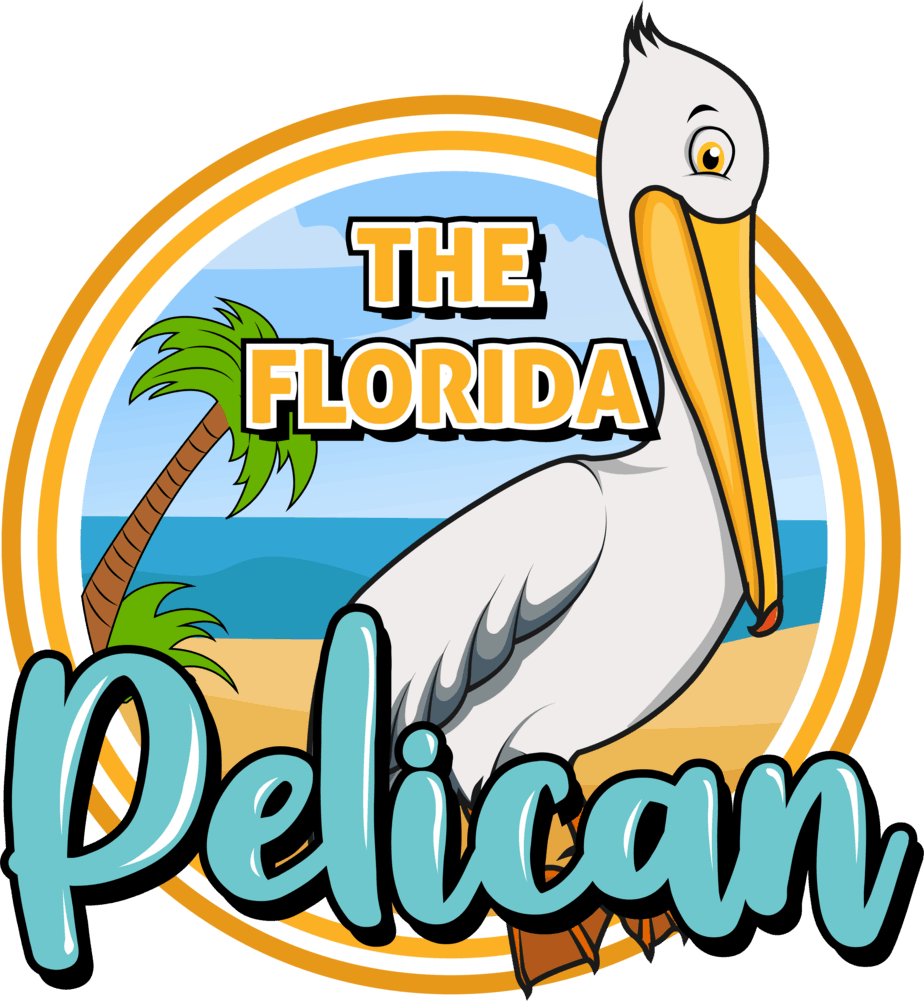All About Vero Beach, Florida
As one of the older communities in Florida, the history of Vero Beach is fascinating. Vero Beach is located in the Indian River County eastern central Florida. Unfortunately, most visitors to Florida are not familiar with the incredible Indian River County. Besides the magnificent beaches, Indian River County is one of the most ecologically diverse places in North America. Additionally, as an estuary, the Indian River Lagoon is the jewel of biodiversity in the nation. Furthermore, six area counties enjoy a section of the 156 miles lagoon. They include; Volusia, Brevard, Indian River, St. Lucie, Marin, and northern Palm Beach Counties. Vero Beach is located on the Treasure Coast of Florida. The area is named because many ships carrying gold and silver were sunk in the 1700s and 1800s due to hurricanes.
Vero or Vero Beach
The area known as Vero was incorporated in June of 1919. The name Vero was changed to Vero Beach after the formation of the Indian River County in 1925, The beach area of Vero Beach is a barrier island alongside the coastal Atlantic Ocean. The beachside was initially connected to the mainland by a bridge in the 1920s. Today, Vero Beach has grown to become a large sprawling metropolitan area covering 13.35 square miles from the seacoast to west Vero Beach.
History of Vero Beach
Although the first settlers arrived in the area in the 1880s it wasn’t until 1925 that today’s Vero Beach was established. Before that, Vero Beach was a part of Fort Pierce municipality. The separation of Vero Beach also resulted in the creation of Indian River County. The newly formed county covered other already established communities like Sebastian, Gifford, and Wabasso.
Vero Beach and East Coast Railroad
Henry Flagler was instrumental in the development of Indian River County. He accomplished that by extending the services of Florida’s East Coast Railroad, FEC to the area. As a result, the railroad offered new opportunities for citrus growers and fishermen with a faster solution to ship their products to other markets. FEC owned large tracts of land which eventually sold to developers. Eventually, the land developers constructed communities and cities further from railroads. Fellsmere was one of the initial cities developed. After some time, Fellsmere was connected to the main railroad line in Sebastian.
Indian River Drainage District
Another big event in the development of Vero Beach and Indian River County was the draining of millions of acres of wetland in the area. Consequently, the Drainage District was formed in 1905. Two private companies were responsible for converting the wetlands to habitable tracts. From the two, the Indian River Farms company proved to be more successful than its competition, Fellsmere Farm Company. Unfortunately, the extreme rain in July of 1915 flooded Fellsmere drainage to near-complete destruction. Meanwhile, the Vero Beach drainage system was able to easily handle the rare 13” rain in 24 hours event.
Top Industries in Vero Beach
Indian River Citrus
The construction of the drainage system was ignited for many industries in the area. Indian River Citrus spearheaded the movement and the name stayed relevant for decades. The next step was to launch standards controlling the quality of citrus products. This goal was achieved by the organization of Orchid Island Growers by Alfred B. Michael. Consequently, the new standards led to establishing the Indian River Citrus as the leader of the citrus industry. Indian River Citrus has managed to stay true to its reputation as a gold standard for quality citrus.
Read More Articles On Vero Beach






Recent Comments